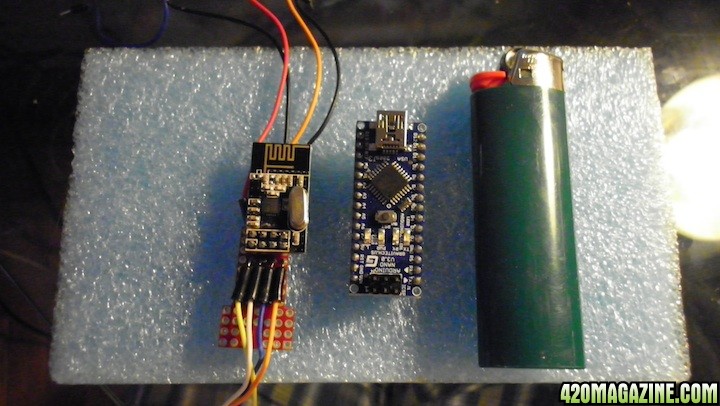You can get peristaltic pumps used online or at surplus type places pretty cheap. Remember, the goal is not to reinvent the wheel.
Please PM me some links. I did just find a 3 pump with controller for $200 3 pump add on is $100 so that might be the easy way to go.
If you set them in the proper ratios and they store the settings between power outages the you could just turn them on for a set number of seconds / minutes to bring your ppm back in range.



 I thought about hitting the pads to re-solder them, but I think the problem is they used the big SD card socket. I can't find them any more, only the adapter for the micro SD cards. Their library is very picky about timing and such on the card. It isn't a big problem, since I have one on the ethernet shield. And it works fine. My biggest problem is getting an ethernet shield that will work with my Mega board.
I thought about hitting the pads to re-solder them, but I think the problem is they used the big SD card socket. I can't find them any more, only the adapter for the micro SD cards. Their library is very picky about timing and such on the card. It isn't a big problem, since I have one on the ethernet shield. And it works fine. My biggest problem is getting an ethernet shield that will work with my Mega board.  Super cool thread - thank you for taking the time, OG13.
Super cool thread - thank you for taking the time, OG13.  I gave you +rep on Steve's thread. Nice job!
I gave you +rep on Steve's thread. Nice job!